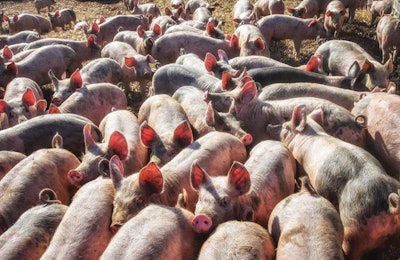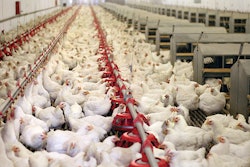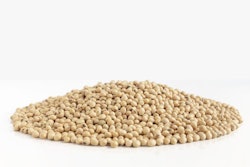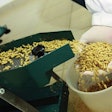
Overweight sows run into several challenges
The most common observation on many farms I have visited in Europe is that gestating sows tend to be overweight. This means their feed allowance is overly generous, often creating really fat animals. This happens because of the assumption that a well-fed sow will produce a heavy litter and she will then continue milking well. This is far from any truth as my experiences from visiting farms in the U.S. have convinced me very strongly.
First, a fat gestating sow wastes feed. It is very inefficient to convert feed energy to body lipids and then to milk energy (about 50% overall efficiency). Instead, it is more economical (energetically) for the lactating sow to use energy from the feed to make milk (about 80% efficiency).
In addition, an overweight sow often has difficulty giving birth, especially when she gives birth to very large litters. This often results in prolonged intervals between each piglet and several pigs that would normally be born alive end up stillborn due to lack of oxygen during the birth process.
Finally, a sow entering lactation with excessive body fat always has reduced appetite and produces milk at the expense of her body fat reserves. This often leads to emaciated sows at weaning. As a result, milk yield is diminished and such sows take longer to come into heat and their subsequent litters are usually small.
Thus, it is very important to keep sows in a fit condition (always accounting for breed/hybrid genetic line). On a scale of 1 (emaciated) to 5 (very fat), gestating sows should be kept at a body condition around 3, which is the average. This is best achieved using a visual score card. A backfat scan measurement can also be used but this requires adaptation to each genetic material as overall size is not similar among different breeds.

















